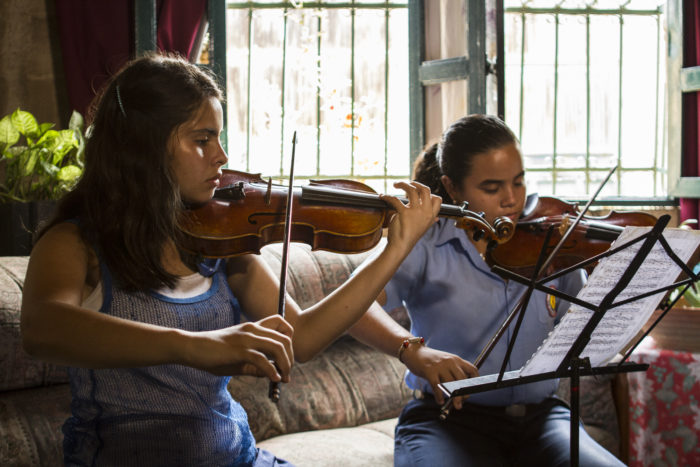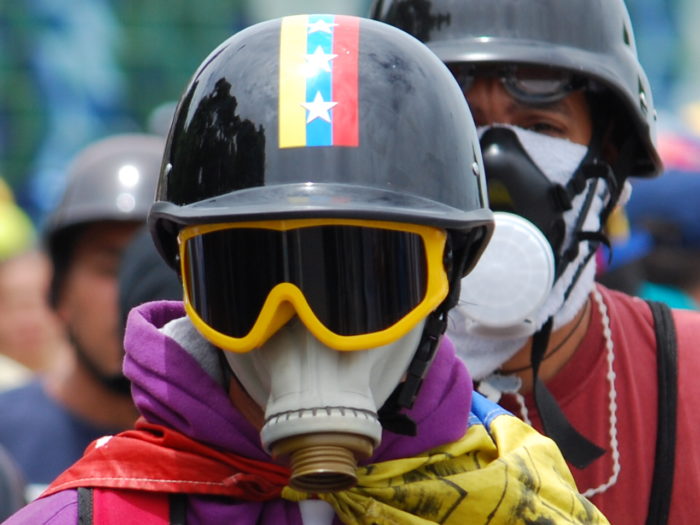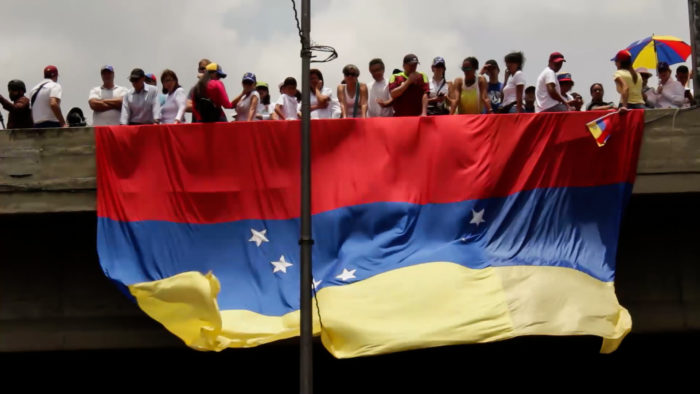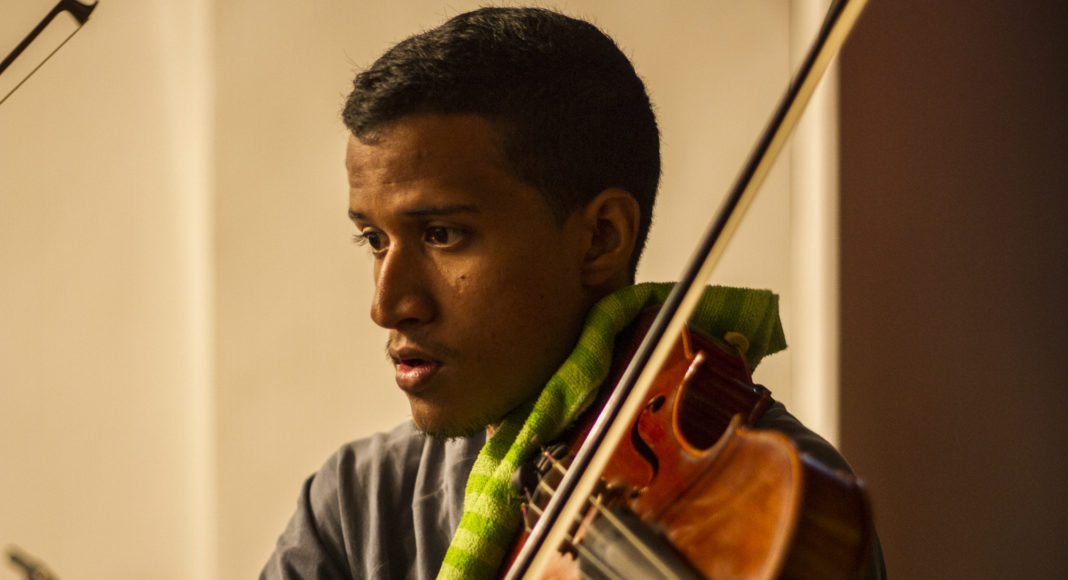Filmed over nine years, this new documentary by Venezuelan director Marianela Maldonado follows the intertwining lives of three teenagers from the barrio of Las Brisas, Valencia, Venezuela, as they struggle to become professional musicians in a country on the verge of collapse. The film accompanies Edixon, Dissandra, and Wuilly through years of arduous practice, disrupted home lives and mounting economic pressure. Maldonado’s intimate and observational story is one of resistance, resilience and perseverance, exploring the power of discipline and classical music as tools for survival.
‘Children of Las Brisas’ is currently showing at Bertha Doc House. The screening on Sunday 14 August will be followed by a panel discussion with the filmmaker (via Zoom) and guests.
Ahead of the film’s theatrical release, LAB caught up with director Marianela Maldonado.
Edixon, Dissandra and Wuilly, along with other Venezuelan boys and girls, grew up learning to play the violin in El Sistema, a national youth orchestra founded in 1975 by the Venezuelan musician José Antonio Abreu. As documented in ‘Children of Las Brisas’, through music, they learn to overcome the various barriers of social violence and poverty. Despite the challenges, the hope these children and young people have of becoming great musicians doesn’t falter as they follow their dream for music to lead them and their families to a better future.
Director Marianela Maldonado explains: ‘I was approached by a producer in England to write a fiction movie about El Sistema and in the summer I went to Venezuela with a camera to do some research. I went to Valencia, the city I grew up in, and there I found the children of Las Brisas. What touched me was how the families and children were so inspired to be part of the art world. It was at that moment that I thought writing a fiction film was less interesting, and that the best way to show this world was to make a documentary.’

A lot can happen in nine years, especially when the protagonists are children and teenagers. Tracking the characters’ and their families’ significant personal changes throughout the political turmoil in Venezuela took the film crew through difficult and painful editing decisions. ‘We shot around 500 hours of material for an 85-minute film, so we filmed some extraordinary material that we couldn’t include in the movie,’ Maldonado explains.
‘Venezuela went through very rough times while we were filming: hyperinflation, food scarcity, lack of medicine, failing infrastructure in water and electricity. From 2014 to 2017, the country registered thousands of protests on a daily basis. In 2017, the protests lasted almost five months across the whole country. It was a major turning point for the Venezuelan youth.’
‘During the protests those who were captured by the militarized police were jailed and convicted as terrorists, many tortured and raped, their homes raided and robbed.’
Two of the main characters were forced to leave the country and parts of the team, including producer Luisa de La Ville, director Marianela Maldonado, and co-screenwriter Jessica Wenzelmann, had to leave Venezuela too. Yet the children and their families continued to be supportive of the movie process. At some point, they realized that the story had become bigger than their own lives, that they were also portraying what was going on with Venezuelan people more generally in those years.
‘Sometimes, I feel that everything that happened outside the movie was more extreme and intense than what we managed to capture with a camera. The complexity of the Venezeulan crisis is actually beyond the scope of this film, we could only touch the tip of the iceberg.’

However, the film does give a potent insight into the daily struggle of Venezuelans in times of crisis. As time passes, the dreams and destinies of the protagonists are transformed by the national narrative, and they face this situation with their violins, using music as a symbol of their courage. The sweet voice of Dissandra (12 years old) describes Las Brisas, the neighbourhood they’ve lived in all their lives, with musicality: ‘Las Brisas is a dangerous area. Here, every night we hear shootings. Ta-ta-ta-ta-ta! It sounds like semiquavers’.
Of course, opinions concerning the political situation in Venezuela are highly polarized. The strength of this film is that it covers a range of opinions and worldviews. Many of the participants of the film are Chavez supporters, including Dissandra’s parents and Judith, Edixon’s grandmother. Then you have Wuilly, who participated in the front lines of the protests against the government with his violin, until he was injured and incarcerated. He managed to flee the country with the help of a human rights organization and he’s currently living under asylum in the USA.
‘I hope people in the UK will connect with these young people and hopefully understand what happened to my country. We live in a world where peace is being threatened by major authoritarian regimes that believe they can act with impunity’, says Maldonado.
‘Children of Las Brisas’ is a great tribute to those who fight day by day for a better future and who use art as an expression of resistance, wherever they lie on the political spectrum. Edixon, Dissandra, and Wuilly carry the feelings of a nation through the sound of their violins.

‘Children of Las Brisas’ is currently showing at Bertha Doc House. The screening on Sunday 14 August will be followed by a panel discussion with the filmmaker (via Zoom) and guests.

